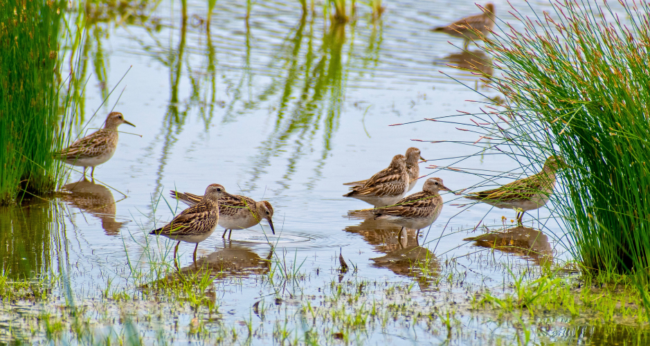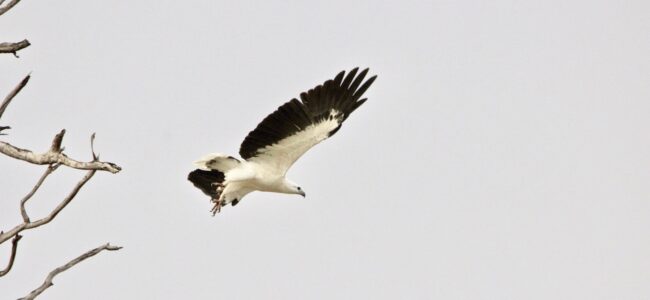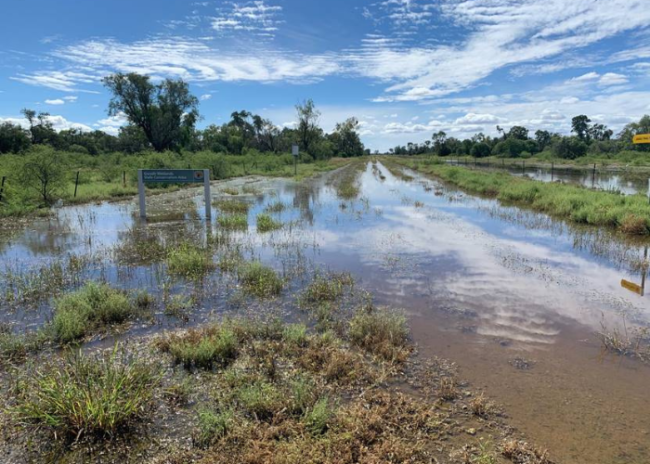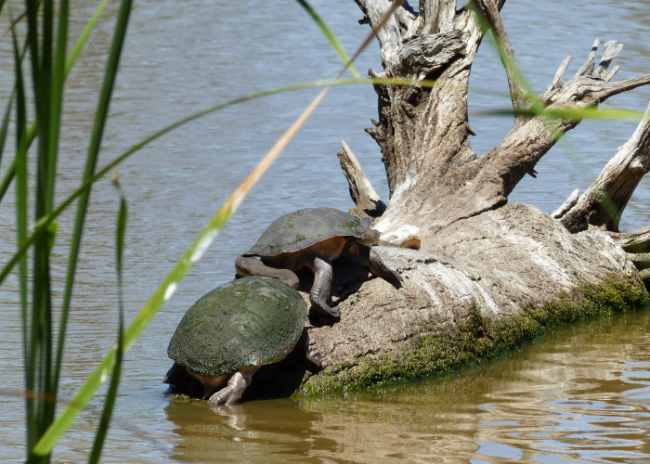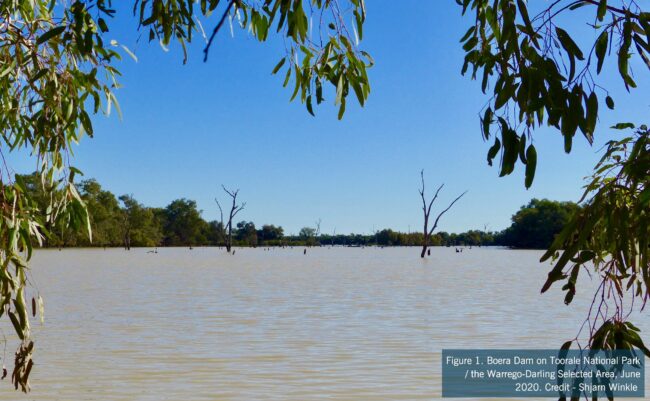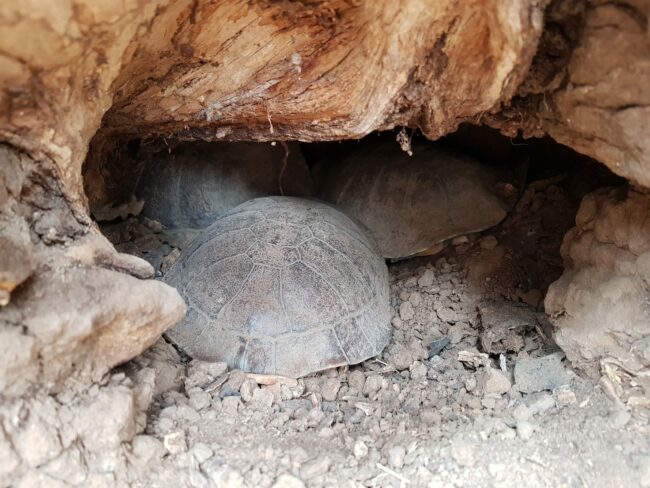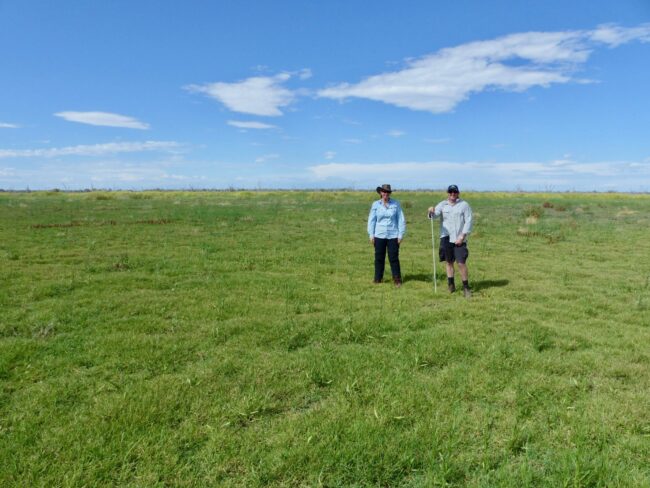Issue 17 Migratory birds in the Warrego: a home away from home
The Warrego River and its associated wetlands, including the Western Floodplain, occasionally host a suite of international migratory waterbirds. These birds are seasonal vistors who make epic journeys across the globe to visit Australia, and they depend on healthy wetlands to do so.
There is lots to learn about migratory birds. Where do they come from and why? How do they navigate? And how often do they execute mammoth migrations between the north and south poles?

